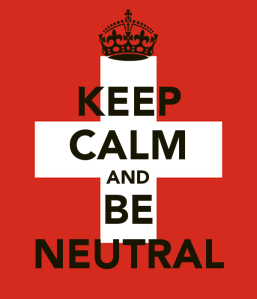This week’s featured Tarot card is The Tower– tall and ominous with lighting bolts, fire and falling bodies. It is an unsettling card that matches the mood of the nation in this incredibly tumultuous and divisive US election cycle. It is card number 16 of the major Arcana and reflects a dramatic jolt and shift in direction.
The Tower is a card of Change- the ultimate “ending the status quo” statement.

Not everyone is a change junkie like me and many people find it disconcerting when a tsunami wave comes and wipes out carefully constructed sand castles (even if they were built on false premises). These sudden change experiences shake the very foundation of our current sense of security and force us to question our strongly-held beliefs, perceptions, attitudes and behaviors.
Some overall meanings and themes of the Tower card include:
- Experiencing sudden change and upheaval
- Realizing the truth after a major revelation
- Breaking down false structures/ beliefs/ institutions
- Falling down or being humbled
In America today, a tower of change looms ahead of us and change is a good thing, right?
But what if the change is a major disruption or crisis and is likely to bring chaos in its wake?
In the words of Charles Kettering, “The world hates change, yet it is the only thing that has brought progress.”
Progress is sorely needed and dramatic change is required, even if it is unsettling.
According to Joan Bunning in her book “Learning the Tarot”, “How you respond to the Tower’s change makes all the difference in how uncomfortable the experience will be. Recognize that the disruption occurred because it was needed. Perhaps embracing the change is too much to ask, but try to find the positive in it. In fact, you may feel tremendous release that you have finally been forced in a new direction”.
Note the symbolism in the Tower card below (from a traditional Universal-Waite deck).
Two people are falling head first from a tower that has been struck by a bolt of lighting (truth). The man in red has crazy light colored hair and the woman in blue is wearing a crown. I can’t help but feel that these two characters represent Donald Trump and Hillary Clinton in all their falling-from-grace glory.

It is clear to me that change is desperately needed in our country but did we really need to go to such destructive extremes?
This quote from President Bill Clinton helps to justify and explain the situation the US is in, namely,
“The price of doing the same old thing is far higher than the price of change.”
And so the menacing Tower looms, reminding us that a wave of change is coming.
We have a choice in how we response to the inevitable alterations of life. We can:
- Embrace the change.
- Resist the change and risk being snapped like a twig in the strong currents of a river.
- Accept the change we may not want or like and look for the positive aspects of it.
I leave you with a final quote from Sydney J. Harris.
“Our dilemma is that we hate change and love it at the same time; what we really want is for things to remain the same but get better.”




